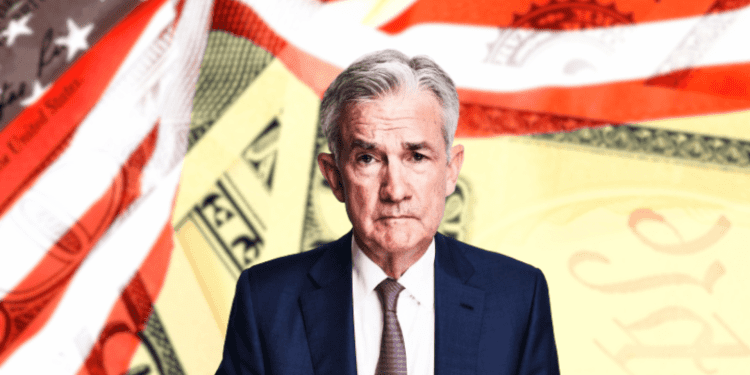- Federal Reserve Chair Jerome Powell said the U.S. economy has not seen enough progress in bringing inflation back to the central bank’s 2% goal.
- Powell indicated that the current level of restrictive monetary policy is likely to remain in place until inflation moves closer to the target.
- Recent data on inflation has been higher than expected, suggesting it will take longer than anticipated to achieve confidence that inflation is sustainably moving toward the 2% objective.
Federal Reserve Chair Jerome Powell said Tuesday that the U.S. economy, while otherwise strong, has not seen inflation come back to the central bank’s 2% goal. This lack of progress points to the unlikelihood of interest rate cuts anytime soon.
Current Policy Stance
Speaking at a policy forum, Powell said that while inflation continues to drift lower, it hasn’t declined quickly enough. He indicated the current level of monetary policy will likely stay in place until inflation moves closer to the Fed’s target.
Since July 2023, the Fed has kept its benchmark rate in a target range of 5.25%-5.5%, the highest since 2000. This followed 11 consecutive hikes starting in March 2022.
“The recent data have clearly not given us greater confidence, and instead indicate that it’s likely to take longer than expected to achieve that confidence,” Powell said. “That said, we think policy is well positioned to handle the risks that we face.”
Recent Inflation Data
Powell’s remarks follow inflation readings in early 2024 that exceeded forecasts. The March consumer price index showed inflation at a 3.5% annual rate, down from around 9% in mid-2022 but creeping up since October 2023.
The Fed’s preferred inflation gauge, the PCE price index, indicated core inflation remained at 2.8% in February with little change in recent months.
“We’ve said at the FOMC that we’ll need greater confidence that inflation is moving sustainably towards 2% before it will be appropriate to ease policy,” Powell noted. “The recent data have clearly not given us greater confidence.”
Market Expectations
Markets have had to adjust their outlook for rate cuts this year. At the beginning of 2024, traders priced in 6-7 cuts starting in March. But as data has come in, expectations shifted to 1-2 cuts no earlier than September.
In March, Fed officials projected 3 cuts for 2024. However, some have stressed the data-dependent approach and not committed to a specific amount of easing.
Conclusion
Until inflation shows more meaningful progress toward the 2% goal, the current restrictive policy will remain in place, Powell emphasized. Markets face a longer wait than previously thought for the Fed to begin cutting interest rates.














